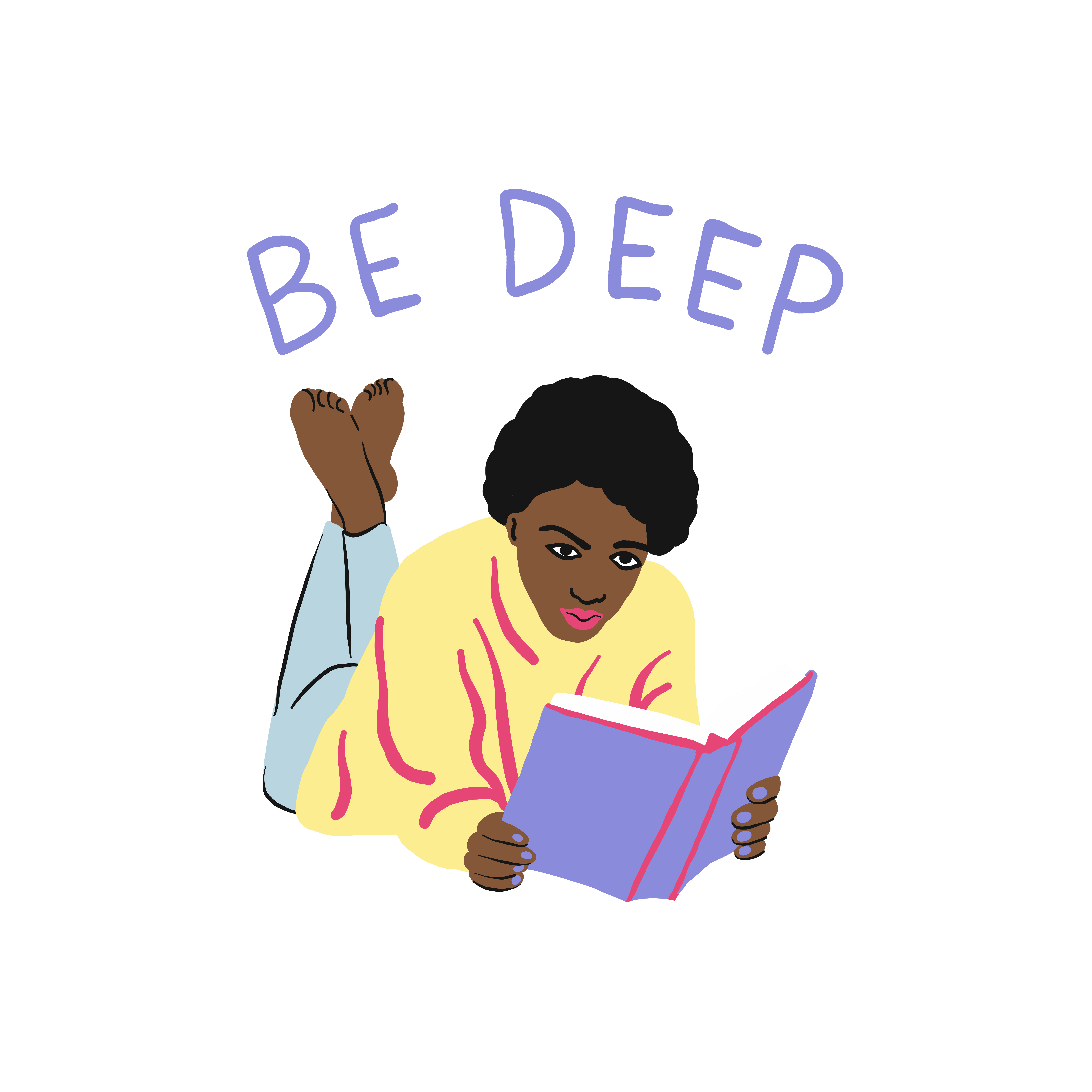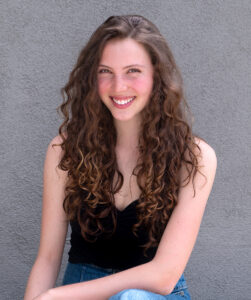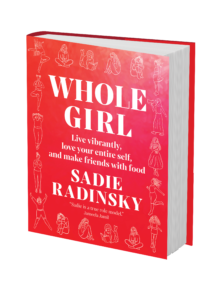Here in this body are the sacred rivers…
The commitment to our immediate embodied experience is the most radical commitment we could ever make. To commit to this life – right here, right now, as it is – is the unbearable and direct path into the love and freedom that we all so long for. When sadness comes calling, grief appears, shame arrives, anxiety comes for tea, do not mistake them for ordinary visitors, for they have been sent from beyond. Inside every feeling, each sensation, and every flow of emotion is a secret doorway into the center of the heart. Let us allow these guests to reveal to us their gifts, turning toward them, for they have come to show us the way home.
In the words of the great tantric sage Saraha, “Here in this body are the sacred rivers: here are the sun and moon as well as all the pilgrimage places… I have not encountered another temple as blissful as my own body.” Whatever we are offered in this day – the beautiful, the challenging, the heartbreaking, the painful, the difficult – let us allow this life to touch us in the most unprotected way. Let us somehow be willing to risk everything for this one and only rare experience, allowing each and every person we meet to matter deeply.

Let us make this pilgrimage into and through the cells of our heart, learning its secrets; and through the strands of our DNA, sailing down the sacred rivers which make up this precious human body. And, finally, let us behold the movement of love as it washes through every organ, reorganizing our entire somatic sensual reality into a vessel of kindness and attuned empathic presence, filled with a profound care for this life and for all beings everywhere.


 MINDFUL MOVEMENT: Walking Meditation
MINDFUL MOVEMENT: Walking Meditation
 Sadie Radinsky
Sadie Radinsky

